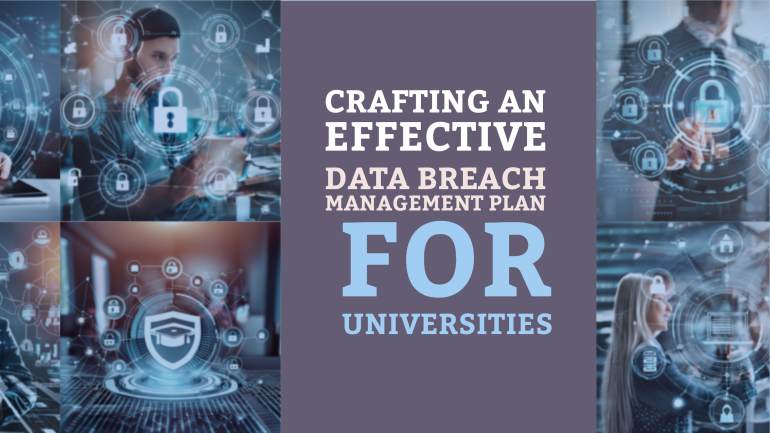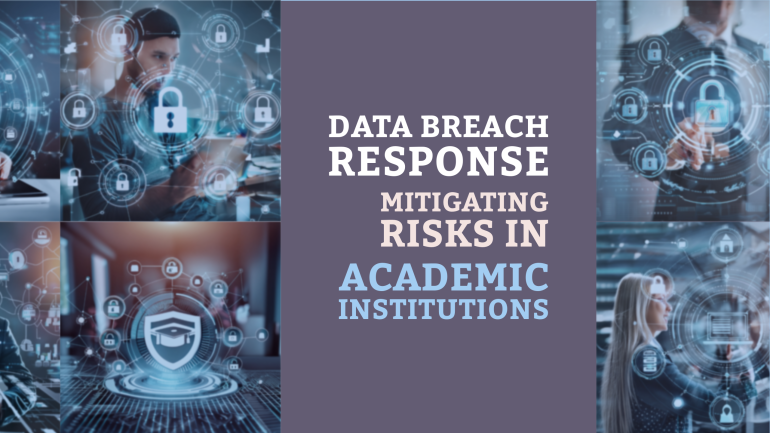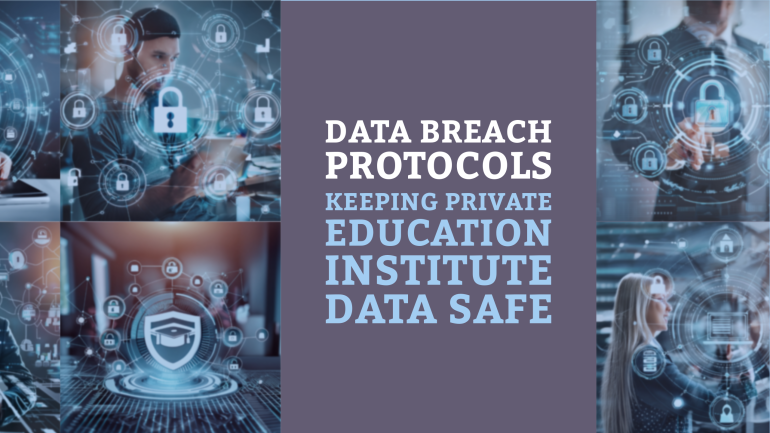Table of Contents
You may also interested:
TL;DR: The Critical Importance of Data Security in Education
- Data breaches in education can have serious consequences, including loss of sensitive information, financial costs, and damage to reputation.
- Compliance with data protection regulations such as FERPA and GDPR is crucial to protect student information and maintain trust within the education community.
- Encryption is a key method to safeguard data, ensuring that even if a breach occurs, the information remains unreadable to unauthorized parties.
- Regular security audits and updates are necessary to identify vulnerabilities and protect against evolving cyber threats in the education sector.
- Education and training for staff and students on data security best practices are vital to create a culture of awareness and responsibility around protecting sensitive information.
Data security in education is critical for safeguarding sensitive student and staff information. In an age where cyber threats are on the rise, educational institutions must prioritize protecting their data to prevent breaches that could lead to identity theft and financial loss. With the increasing use of technology in classrooms, the risk of cyberattacks targeting schools and universities is higher than ever. It is imperative for educational institutions to implement robust security measures to safeguard the privacy and confidentiality of their data.
Understanding Data Security in Education
Definition and Components of Data Security
On a broad level, data security in education refers to the implementation of measures to protect sensitive information from unauthorized access, use, disclosure, disruption, modification, or destruction. It involves a combination of technology, policies, and procedures to ensure the confidentiality, integrity, and availability of data.
Types of Sensitive Data in Education
On educational institutions’ networks, various types of sensitive data are stored, including student records, financial information, research data, and intellectual property. Any breach or unauthorized access to this information can have severe consequences.
| Student Records | Personal and academic information |
| Financial Information | Tuition payments and financial aid details |
| Research Data | Results of experiments and studies |
| Intellectual Property | Innovative ideas and creations |
| Employee Records | Staff personal and payroll details |
Threats and Vulnerabilities
Common Cybersecurity Threats in the Education Sector
Some educational institutions face a myriad of cybersecurity threats that can compromise the sensitive data they hold. With the increasing reliance on technology for teaching and administrative purposes, schools and universities become prime targets for hackers seeking to exploit vulnerabilities in their systems.
Impact of Data Breaches on Educational Institutions
Sector-wide data breaches can have devastating consequences on educational institutions. It not only results in the exposure of highly sensitive information such as student records and financial data but also leads to reputational damage and financial losses. The fallout from a data breach can disrupt operations, erode trust among stakeholders, and incur hefty fines for non-compliance with data protection regulations.
Best Practices for Enhancing Data Security
Implementing Robust Security Policies and Procedures
Implementing robust security policies and procedures is vital for enhancing data security in educational institutions. This involves setting clear guidelines for data access, storage, and sharing, as well as enforcing strong password protocols and regular data backups. Training staff and students on data security best practices and conducting regular security audits are also crucial steps in maintaining a secure data environment.
Innovative Technologies and Tools for Data Protection
To enhance data protection, educational institutions can leverage innovative technologies and tools such as encryption software, multi-factor authentication, and data loss prevention solutions. These tools help in safeguarding sensitive data from unauthorized access and cyber threats, ensuring confidentiality and integrity of information. Additionally, investing in advanced firewall systems and security monitoring software can provide real-time threat detection and response capabilities.
It is important for educational institutions to stay proactive in adopting the latest technologies and tools for data protection to stay ahead of evolving cybersecurity risks. By integrating these innovative solutions into their existing security infrastructure, institutions can better protect their valuable data assets and prevent data breaches.
The Role of Educators, Students, and Parents
Fostering a Culture of Cybersecurity Awareness
Once again, in education, data security hinges not only on sophisticated software and firewalls but also on the human factor. Educators, students, and parents play a crucial role in maintaining a vigilant stance against cyber threats. By fostering a culture of cybersecurity awareness, these key stakeholders can significantly reduce potential risks and protect sensitive educational information.
Collaborative Efforts to Secure Educational Data
The collaboration between educators, students, and parents is paramount in ensuring the security of educational data. By working together, sharing best practices, and staying updated on the latest cybersecurity trends and threats, this collective effort can create a robust defense system that safeguards sensitive information from cyber attacks.
Role: Educators are responsible for educating students on the importance of data security, implementing secure practices in the classroom, and raising awareness about potential risks. Students need to be proactive in safeguarding their personal information online, using strong passwords, and reporting any suspicious activities. Parents play a crucial role in supporting and reinforcing cybersecurity measures at home, monitoring their children’s online activities, and staying involved in their digital lives to ensure a safe online environment.
Conclusion
With these considerations in mind, it is evident that data security in education is of critical importance. Safeguarding sensitive student and staff information not only protects individuals from potential harm but also upholds the integrity and reputation of educational institutions. By implementing robust security measures, such as encryption, firewall protection, and regular data backups, schools and universities can ensure a safe and secure digital environment for all stakeholders. It is imperative for educational leaders to prioritize data security and continuously update their defenses to combat evolving cyber threats in order to maintain trust, compliance, and confidentiality within the educational community.
FAQ
Q: Why is data security important in education?
A: Data security in education is crucial to protect sensitive information such as student records, financial data, and confidential research. Breaches can lead to identity theft, financial loss, and damage to the institution’s reputation.
Q: What are the risks of poor data security in education?
A: Poor data security in education can result in unauthorized access to personal information, loss of intellectual property, legal liabilities, and compliance violations with laws such as FERPA and GDPR.
Q: How can educational institutions improve data security?
A: Educational institutions can improve data security by implementing encryption methods, access control measures, regular security audits, employee training programs, and updating software and systems regularly to address vulnerabilities.
Q: What role do employees play in data security in education?
A: Employees play a critical role in data security in education by following security protocols, safeguarding their login credentials, reporting suspicious activities, and staying informed about the latest security threats and best practices.
Q: How can students protect their data in educational settings?
A: Students can protect their data in educational settings by using strong, unique passwords, avoiding sharing personal information on public platforms, being cautious of phishing attempts, and notifying school authorities if they notice any suspicious activities related to their data.




